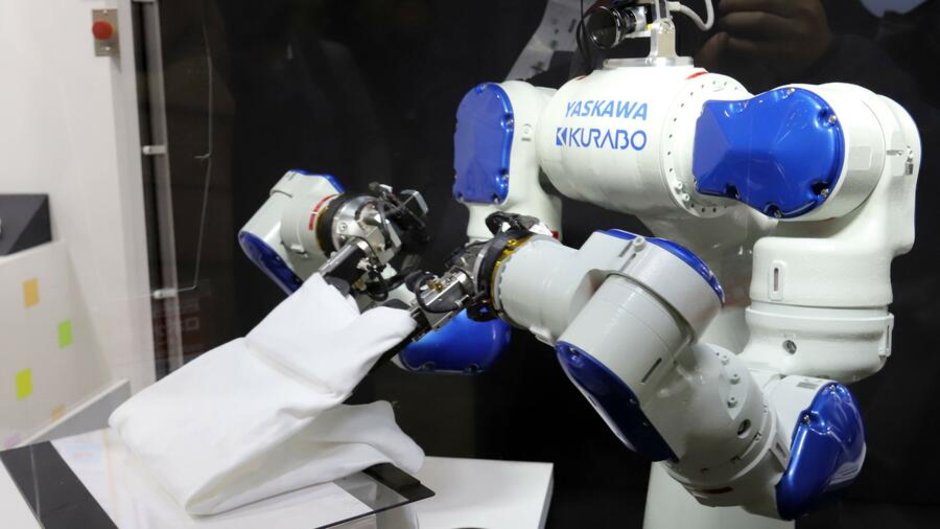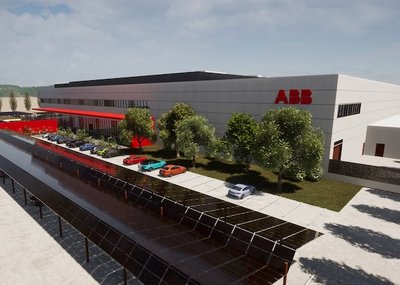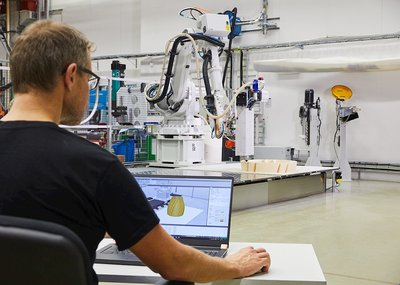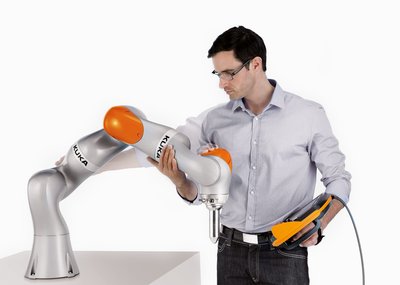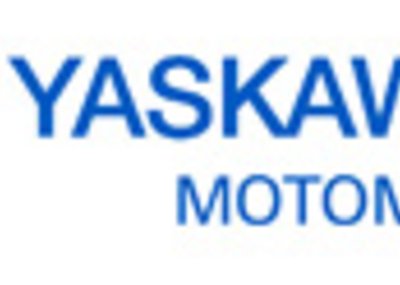The Japanese robot builder Yaskawa is putting increasing pressure on its competitors ABB and Kuka in their domestic markets. On Monday, the group opened its first European robotic factory in Slovenia.
"Worldwide, we are already one of the four largest <robotics> suppliers today. Through our own production, we now want to play in Europe in the top league," said Bruno Schnekenburger, COO of Yaskawa Europe. The goal is to conquer market shares.
Yaskawa has invested around 25 million euros in the new plant in Kočevje. In the future, up to 10,000 Motoman robots with a payload of up to 225 kilograms are to be produced per year. The plant complements the production facilities in Japan and China. "Medium-sized customers, in order to gain confidence, also want to see where and how their robots are made. That is now possible," said Schnekenburger.
The work is therefore designed especially to be open for visitors. In addition, customers can now be supplied faster. "By sea, the robots need eight or nine weeks to reach Europe. Now, transport from the factory will only take one or two days. "
Kuka keeping calm
Yaskawa is one of the world's largest providers of industrial robots with more than 430,000 units installed. In Europe, the group recently achieved sales of over 600 million euros with 1,900 employees, including robots and drives. Worldwide, it makes about 3.5 billion euros in sales.
Kuka is maintaing an unaffected stance in the face of the Japanese offensive. "We are already well positioned in Europe, this is our home base," said Kuka CEO Peter Mohnen a few days ago.
Even though Kuka has recently weakened and announced an efficiency program after two profit warnings, the robot builders have been rushing from record to record for years. According to forecasts by the industry association International Federation of Robotics, sales in the past year should continue to rise by ten percent to 421,000 industrial robots sold. From 2013 to 2017, the market more than doubled to 381,000 units sold.
The manufacturers are still confident, although the auto industry is weakening as the main customer. For the next few years, the association expects annual growth rates of on average 14 percent.
"Industrial robots play a key role in the progress of the manufacturing industry," said IFR President Junji Tsuda. The machines are currently evolving, for example with Artificial Intelligence and simple programming. "These technologies will help improve manufacturing productivity and expand the application of robotic solutions."
Yaskawa wants to score with customer service
ABB Board member Sami Atiya also recently told Handelsblatt: "The factors for a long-term upwards trend in automation and robotics are intact."
The optimism of the industry has two reasons: First, the companies have to improve their productivity, especially in times of economic difficulty. On the other hand, there is still a lot of catching up to do in key regions worldwide. According to the IFR, only 97 industrial robots come to 10,000 employees in China. In South Korea there are 710 machines, in Germany 322.
So Yaskawa manager Schnekenburger is not afraid of a possible economic slowdown. "I'm not worried about the future of robotics at all. We're seeing new applications every day, so the question is which areas to focus on." A big trend is making the robots easier to use and programmable.
Yaskawa wants to score in the competition with the domestic competition in particular with the "best customer service." The group also wants to expand the development activities in Europe. "At the heart of Europe, we want to benefit from Industry 4.0," said Schnekenburger.
In return, the company is creating jobs in Europe - in the factory and with its suppliers. If the plans work, there will be room at the Slovenian site for capacity expansion.
By Axel Höpner, handelsblatt.com

